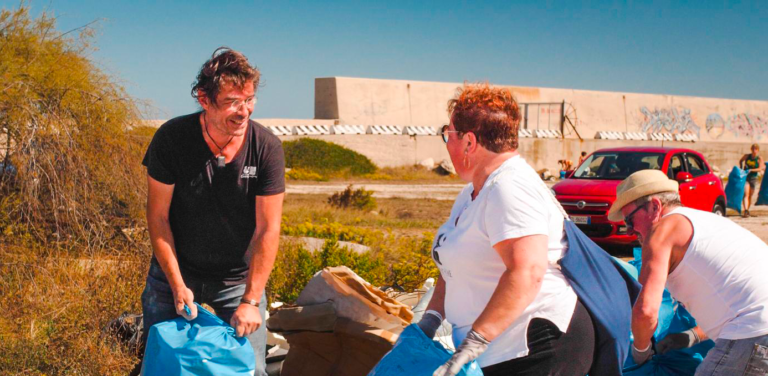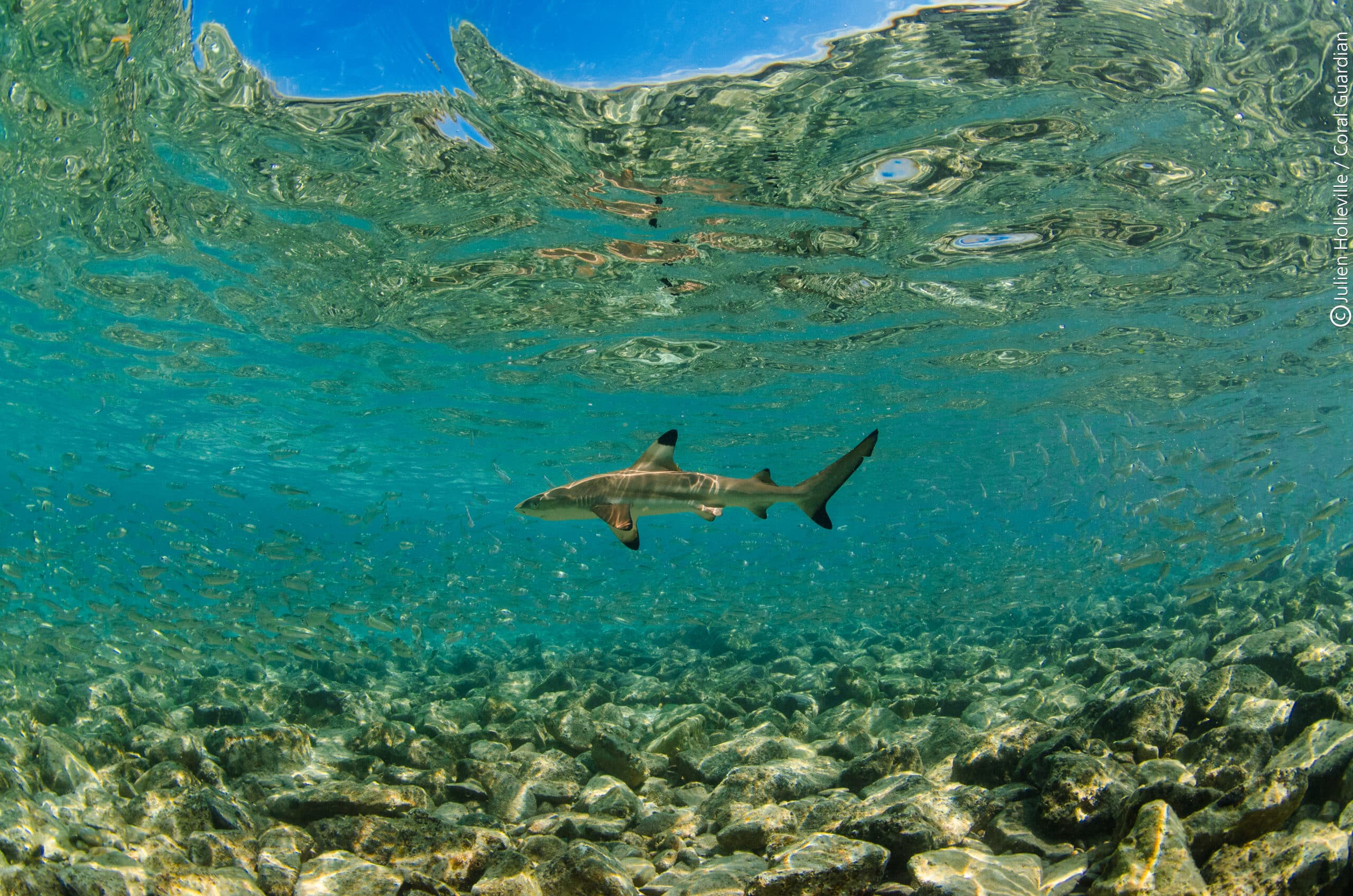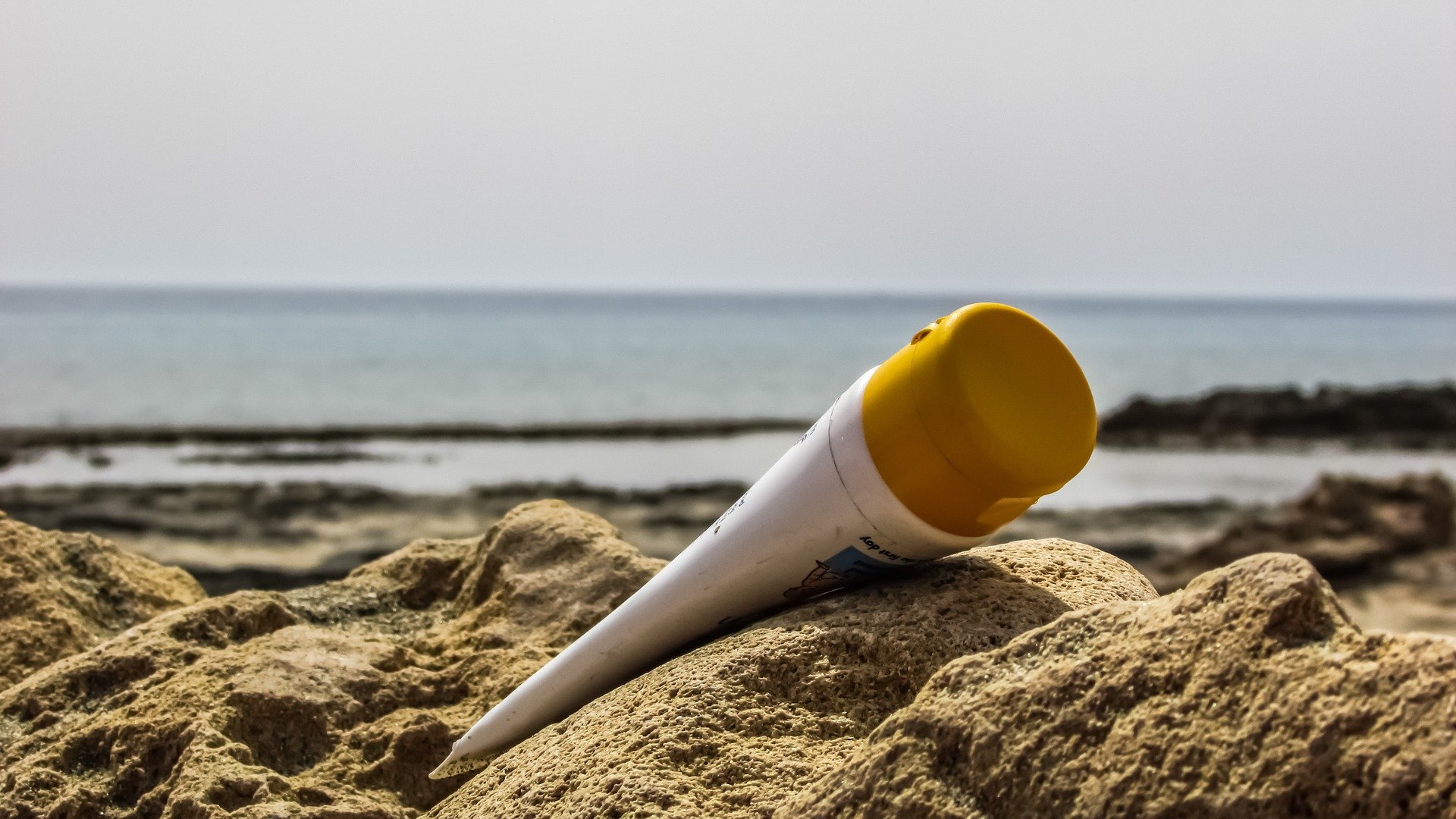Corallivory in coral reefs

Molluscs, reef fishes, echinoderms, crustaceans and annelids – who are these corallivores and which roles do they play in coral reefs?
During his expeditions aboard the HMS Beagle in 1842, Charles Darwin observed fragments of corals in the stomachs of two species of parrotfish of the genus Scarus. This observation was the first evidence of predation on coral. However, it is really in the 50s that “behavioral” observations of predation are referenced by Jacques-Yves Cousteau during his adventures on the Calypso.

Drupella cornus corallivorous snails graze a brain coral. Photo © Dr J Dafni / Marine Photobank
Reef fishes (parrotfishes, butterfly fishes, pufferfishes), echinoderms (starfish, sea urchins), molluscs (snails) but also crustaceans (crabs) and annelids (worms) – corallivores represent a horde of organisms, of more than 150 species, known to feed on tissue, mucus or even coral skeleton. These organisms display diversified predation strategies (some species suck the mucus or polyps, others graze the coral until its skeleton) and are called “obligatory” (80% coral) or “facultative” according to their diets. Among the most popular corals preyed on are the genera: Acropora, Montipora, Pocillopora and Porites.
Corallivores regulate the abundance, structure and distribution of communities within coral reefs. By removing some of the coral tissue and / or skeleton, corallivores can cause more or less severe damages to coral colonies, by affecting their growth, survival and reproduction – as well as by promoting competition with other species, such as algae. However, some corallivores such as parrotfishes and sea urchins are known to promote coral growth and survival through “grazing” on macro-algae (turf algae), competing with corals for nutrients, light and space.

The crown-of-thorn seastar observed within coral reefs.
“Natural” (biotic) coral-corallivore interactions have “historically” never caused any massive hecatombs in reef systems. However, the current global and local disturbances affecting coral ecosystems modify these interactions, causing unprecedented outbreaks of corallivores (starfish, snails) and undoubtedly significant mortalities of corals. For instance, the voracious startfish Acanthaster spp. swarms in parts of the Pacific and has decimated several reefs in Australia but also in Polynesia (healthy reef cover has decreased from> 40% to 5% in 2009 in Moorea). Researchers hypothesized that excessive nutrient loadings resulting from human activities (agricultural, urban) could favor the proliferation of the Acanthaster spp. larvae. Yet, the exact causes of these outbreaks remain obscure. While climate change (extreme events, increased temperature) and other local disturbances (overfishing, pollution, tourism, urbanization) have already decimated more than a third of the world’s reefs, the role of coral-eating organisms could thus intensify in the coming decades, ultimately compromising the resilience of coral reef ecosystems.
For more information: https://www.frontiersin.org/articles/10.3389/fmars.2018.00525/full
Please contact Dr. Leïla Ezzat or Mallory Rice at the University of California Santa Barbara
Headline photo : Parrotfish (Chlorurus spilurus) grazing on Moorea’s coral reefs, French Polynesia (photo credit: Katrina Munsterman).
Ces articles pourraient vous intéresser

Sponsor spotlight : Guillaume from 3EConcept
Tell us a bit about yourself 🙂 Rather in responsible mode, I am an enthusiastic and persistent person. I founded the 3E concept group in…
21 December 2022
Sponsor Spotlight : Corinna Bohle of DAVOSA
Tell us a bit about yourself 🙂 Hi, my name is Corinna Bohle. I‘m the managing director and owner of DAVOSA, an independent Swiss watch brand…
29 November 2022
Unexpected fish biodiversity on coral reefs unraveled by environmental DNA
Reef fish: an exceptional biodiversity Coral reefs are often referred to as the tropical rainforests of the seas due to their staggering richness and…
22 June 2022
Are mineral UV filters used in sunscreens less harmful to coral reefs?
Swimmers can choose sunscreens with chemical (organic) UV filters or mineral (inorganic) UV filters. The latter are natural particles, either zinc oxide (ZnO) or titanium…
4 March 2021
